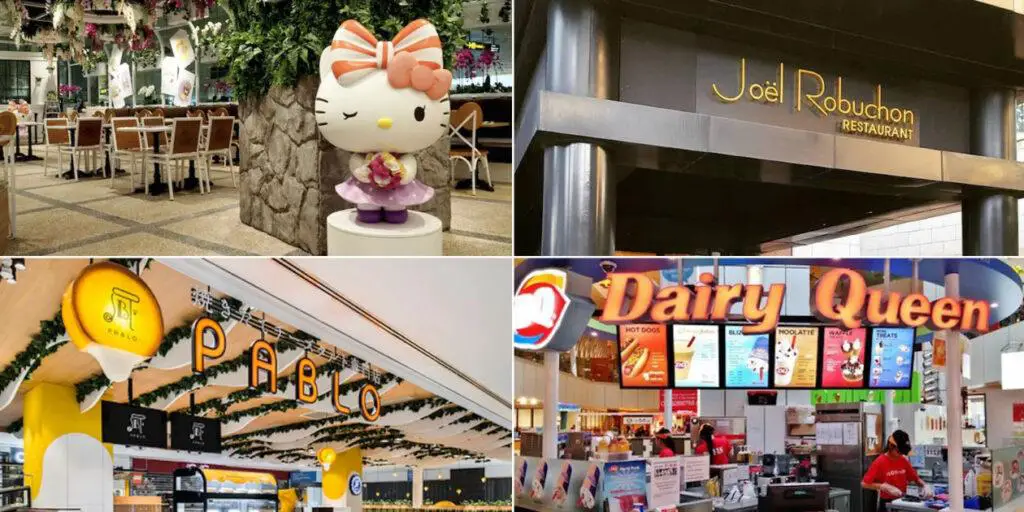Planning various F & B outlets mainly involves seven steps are as under:
Prepare a prospectus or program guide
The Prospectus must include
- Title of the project
- Reason and need for the project
- Goals and objectives of the project
- Policy guidelines of the project
- Procedure to be followed
The prospectus also includes physical and operational characteristics such as the style of the building, type of food served, type of service system to be followed, a profile of customers, etc. it also includes regulatory information such as standards of safety, hygiene, noise control, etc.
Planning team
The planning team is organized and may include some or all of the following:
- Owner or administrator
- Foodservice manager or director of food + beverage
- Design consultant
- Equipment representative
- General manager
- Builder or contractor
- Maintenance engineer or chief engineer
Conduct a feasibility study
A feasibility study is defined as “the collection of data about the market and other factors
relating to the operation of the proposed facility to justify the proposed project.”
It will include research on:
- Proposed site
- Potential customer profile
- Community growth
- Building trends
- Competition in the area
- Possible revenue-generating sources like function catering etc.
- Cost component of the project
Menu Analysis
Menu Analysis involves identifying the type of menu to be served, foodservice systems to be followed such as quick-chill method, etc. sample menu and menu patterns are designed for this purpose. From this, the followed data is derived.
- Type of storage needed
- Portions size of each dish
- The total number of portions
- Batch size of all dishes
- Method of cooking and processing
- Worksurface or equipment required
- Storage or holding equipment required
Consider architectural features like Building style and material
The style depends on the type of operation, area and menu selected. The material depends on the type of architecture and local weather conditions. If a restaurant is situated near the seashore or facing a pool, it can go for glass walls to utilize the scene views in its architecture.
Floors
While selecting the flooring, the utility, durability, resistance to acids, grease, and stains should be considered. The time of the surface selected can affect productivity. Like a hard surface can tire the employees faster. Also, carpeted floors may not be the right choice for the use of trolleys or heavy movement. Hard tiles or quarry stones are best suited for kitchen floors as they are smooth, easy to clean and slip-resistant. All the kitchen floor surfaces must be covered 6 inches up at walls and equipment base for sanitation purposes.
Walls, Ceiling and Noise Reduction
For choosing walls and ceiling finish aesthetic values, sanitary conditions and noise reduction are considered.
The wall finish depends on the amount of natural light available.
Ceramic tiles are best suited for kitchens as they are durable and easy to clean.
Tiling is done for up to 1.5 to 2.5 meters to take care of food and water splashes.
The height of the ceiling is kept at an average of 4.5 to 6 meters.
The kitchen and dining room ceilings and walls are acoustically treated to reduce the noise levels.
The ceiling is given a lighter color than walls as it gives an illusion of space to a room.
Soundproof materials are also used to insulate vents, radiators, pipes, etc. rubber parts are used in the areas where dishes are washed to prevent excess noise of equipment.
Lighting
Correct lighting for the facility is selected. The lighting should be adequate and suitable.
It should help to increase efficiency, as the correct lighting increases workers’ productivity by 3-4 %.
The correct design should allow as much natural light as possible.
Light gets reflected from the floors, walls + ceiling and that is to be considered while selecting the lighting.
The direct or downlighting system is used in kitchens to create a natural light effect.
Light fixtures should be positioned in such a way that the employees do not work in their shadow.
Good lighting reduces eye strain and increases productivity.
Heating, Ventilation and Air conditioning (HVAC)
Efficient and effective heating and Ceiling system are required, for the comfort of the guest and employees.
It also helps to increase productivity by 5-15 %.
Proper ventilation has to be ensured in kitchens and consists of an exhaust fan system, built into the hoods over cooking equipment and eliminates odor, fumes, moisture + grease vapor.
Fans bring in fresh air from outside.
Built-in-refrigeration
Proper selection of built-in-refrigeration is ensured keeping into consideration the space available for the purpose in the kitchens.
Plumbing and Electricity
Electricity or power requirements are calculated based on the equipment that needs to run.
The power requirements of various equipment have to be considered.
Concealed wiring is carried out in kitchens and service areas.
Proper drainage and sewage disposal systems have to be ensured and considered.
Budget and Cost Relationship
No food service can have an unlimited budget as it would not practical. Hence a balance bed to be made between quality, quantity or space and cost. A well planned and designed facility proves cost-effective in the long run.
Design Development
The first step is to determine space allocation, with the help of flow diagrams. All work units along with their roots for supplies and workers are represented schematically in a flow diagram.
The next step is drawing a blueprint to scale for the placement of equipment.
The blueprint is then submitted and contract documents are formulated for contractors.
Tender or bids are called to select the builder or contractor.
Once the builder is selected the next stage involves signing a contract with the builder.
Periodic inspections are conducted to ensure that the construction is as per the specifications and the blueprint.
